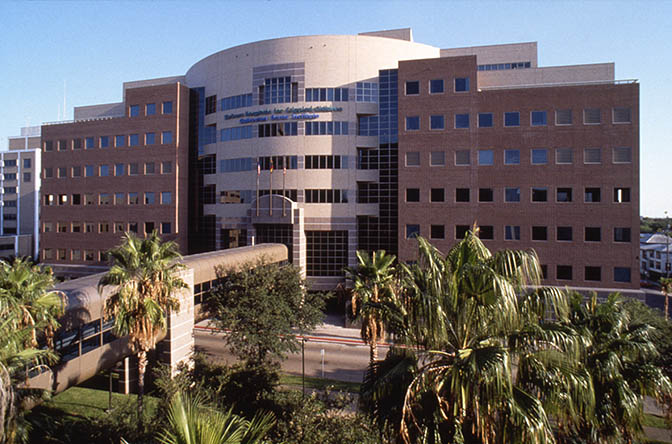
The Shriners Hospital: A Business Close to Extinction
The Shriners Hospital’s policy is to help all children who medically qualify, regardless of financial or insurance considerations. This organization treats children up to the age of 18 years who are living with bone, muscle, and/or joint disorders. The Shriners Hospitals have always relied on donations to operate, which has worked fine until now. This recession means more than low sales at the local mall. People are saving money and the last thing on America’s mind is charity. All charities are suffering right now. The endowment fund that the Shriners Hospitals rely on has dropped from $8 billion to less than $5 billion. In 2008, the total budget was $826 million, of that $722 million was required to cover operational costs. There is clearly no definitive end in sight to this economic turmoil. The Shriners Hospitals have made headlines recently by announcing the possible closure of six hospitals. In July, the National Board of Trustees will meet to decide on the closures, while communities like the one in Springfield, Massachusetts rally. All Shriners Hospitals will experience a 30% slash in operational budgets for the next two years. Services will be reduced and staff downsized… sad news for previous, current, and prospective patients. Many project the possible extinction of the entire organization in five to seven years.
The Shiners make it perfectly clear that they do not turn away medically qualified children. But what if those children are covered under private healthcare plans that could cover some, or all, of their medical care? Will there come a time when the Shriners begin to screen applicants for possible insurance funding? This seems to go against the basic tenants of the Shriners mission statement. However, if the Shriners Hospitals were able to bill insurance companies, when possible, the organization could very well cover more of its operational costs. Forget profit: Bill for the cost of parts. Most private insurance companies enforce large deductibles & co-insurances for durable medical equipment (DME). Many insurance companies even enforce exceptionally low benefit caps for durable medical equipment (DME), especially orthotics and prosthetics (O & P). So, in most cases, the reimbursement by the insurance company could be very low, just enough to cover some material cost. There are allegations also that the organization is suffering due to mismanagement and corrupt corporate insiders, like a CFO who was charged with actually creating false vendors, submitting for reimbursement, and stealing the payments to fund his extravagant lifestyle. It could also be that some Shriners Hospitals have overseen better fiscal management than others. It’s not easy to give away high quality, free medical care. Every large organization can be subject to corrupt insiders and inefficient bureaucracy, but the poor actions of a few cannot taint the fundamental good that this organization strives to achieve.
When listening to the media, one may wonder if this alarm is really for real. Could the Shriners Hospital just be shocking the public into remembering to give to this valuable charity? Could this age old organization really be close to extinction? If so, it’s a real emergency. Ex-Shriners patients need to step up to the plate and tell their stories. Let the public know where the money goes. If this is really a crisis, the Shrine may need to think about resorting to accepting some reimbursement, at least enough to cover some operational costs. Is it better to continue functioning as is, adhering to this no-questions-asked philosophy, even if it could be to the detriment of the organization? Should there be better oversight to weed out the few bad seeds that could be jeopardizing the hospitals?
It’s nice to think that people will wake up and realize that this is the perfect time to give more to charity. People are cutting back on luxuries like cable and eating out. People are really looking at their budgets to trim the fat, finally analyzing every dollar spent. It doesn’t take long to realize that the expensive cup of Starbucks every morning isn’t worth it, and neither are the gazillion cable channels because there’s really nothing ever good on TV anyway. So what is worth it? What could a few dollars a month do, better than coffee, or late night TV? Helping kids walk? No brainer. Unfortunately, the public hasn’t come to that conclusion just yet. Until then, maybe the Shriners Hospitals need to take a different approach… because extinction is not an option, not for those kids waiting for help.